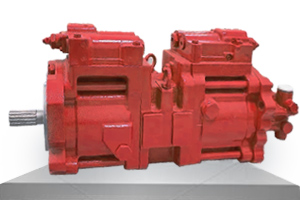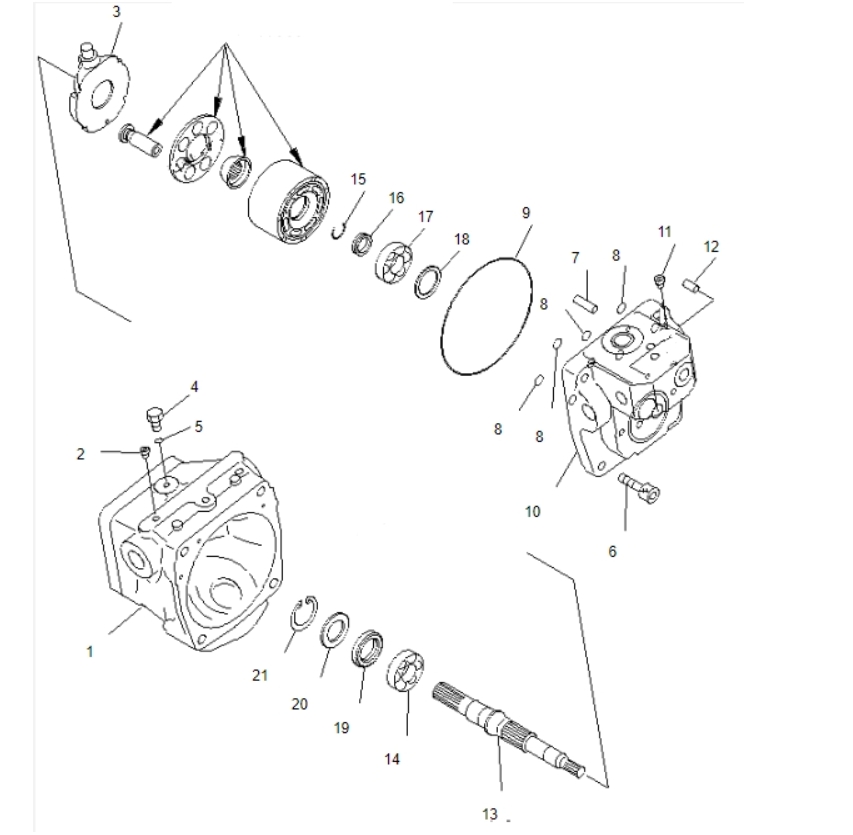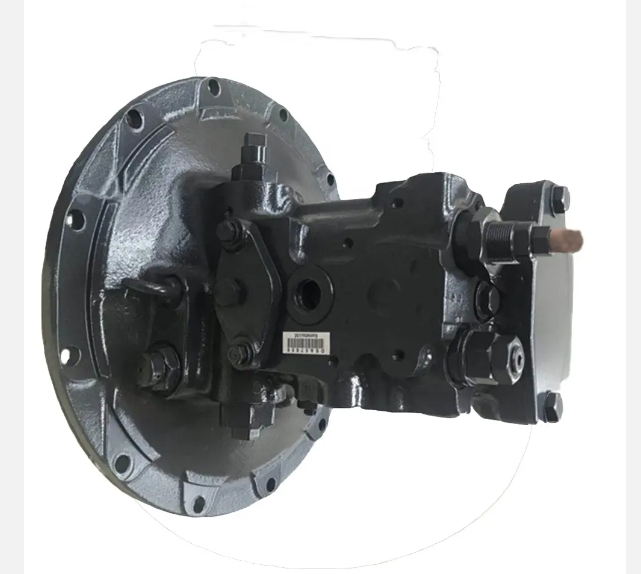
Hydraulic pumps are crucial components that control the direction and speed of machinery such as excavators, agricultural equipment, and lawnmowers. These pumps operate quietly and have low maintenance costs, making them highly sought-after investments in the construction and agricultural sectors. However, if hydraulic systems are overloaded, it can lead to incorrect pressure values, potentially damaging the pump and other components. This guide will walk you through the process of adjusting the output pressure of hydraulic pumps, ensuring your equipment operates efficiently and safely.
An excavator hydraulic pump is a vital component responsible for converting mechanical energy into hydraulic energy. This energy drives various actuators in hydraulic systems, such as cylinders and motors, by increasing fluid pressure. Similar to a water pump, a hydraulic pump creates hydraulic energy through rotation, transmitting fluid pressure throughout the system. This process is essential for the smooth operation of excavators, where precise control of movement and force is necessary.
Proper pressure regulation is essential in hydraulic systems, especially in excavators. Excessive pressure can cause seal leaks, pipe bursts, and valve damage, while low pressure can impair system function and efficiency. Adjusting hydraulic pump pressure ensures system integrity, protecting components and optimizing performance. Regular pressure adjustments can also prevent system failures and reduce the risk of costly repairs.

There are several methods for adjusting the output pressure of an excavator hydraulic pump. The most common methods include:
When inspecting the hydraulic system, if you find the fluid level in the reservoir is below the pump’s operating level, it indicates the need for adjustment. Regular checks of fluid levels and pressure can prevent system failures due to low fluid levels or excessive pressure, such as reduced pump efficiency or noise.

If you encounter issues with hydraulic pressure, make sure to inspect the relief valve, pressure control valve, flow control valve, and pressure regulating valve to ensure they are set correctly. If the valves are improperly set, the problem can be resolved by adjusting them.
*Note: Before adjusting the output pressure of the hydraulic pump, be sure to read and follow the manufacturer’s instructions.
Regular maintenance and adjusting the hydraulic pump’s output pressure is a cost-effective way to save time and money. It helps optimize performance, extend the lifespan of your equipment, and reduce wear and tear on the hydraulic system. By following the tips in this guide, you can easily adjust the pressure and minimize system wear.
For more detailed guides and professional advice, check out our blogs or contact us directly.
Q1: Why is adjusting excavator hydraulic pump pressure important?
A1: Proper pressure regulation is crucial for system integrity, protecting components, optimizing performance, and preventing costly repairs.
Q2: What tools are needed to adjust excavator hydraulic pump pressure?
A2: You will need a pressure gauge, wrench, and appropriate fittings to connect the gauge to the hydraulic system.
Q3: How do I identify the adjustment screw on a excavator hydraulic pump ?
A3: The adjustment screw is usually located on the adjustment valve or the side of the pump. Refer to the manufacturer’s instructions for specific details.
Q4: What should I do if the desired output pressure is not achieved after adjustment?
A4: If the desired pressure is not reached, further adjustments to the relief valve or output valve may be necessary. Ensure all connections are secure and follow the adjustment procedures carefully.
Q5: How often should I check and adjust the hydraulic pump pressure?
A5: Regular checks should be part of your routine maintenance schedule. Frequency depends on the usage and operating conditions of your machinery.